Medieval Heraldic 'Thomas a Becket' Horse Harness Stud 14th-15th century AD A bronze quatrefoil mount with low-relief Lombardic script 'T' crowned and surrounded by foliage reserved on a red enamel field, stud to the reverse. 19 grams, 39mm (1 1/2"). Fine condition. Provenance Property of a gentleman; acquired in the 1970s. Literature See Spencer, B. Pilgrim Souvenirs and Secular Badges, Woodbridge, 2010 p.121-3 for discussion. Footnotes The stud bears the characteristic Lombardic capital 'T' with rounded body and flared arms surmounted by a crown. This form of symbolic decoration is associated strongly with the cult of Thomas à Becket at Canterbury where his shrine was a popular pilgrimage destination for centuries. The addition of the crown to the initial was a means of reinforcing its amuletic quality (Spencer, p.121) with that of the royal crown badge. Becket was Archbishop of Canterbury from 1162 until his murder in 1170. He is venerated as a saint and martyr by the Catholic and Anglican denominations. After initially being on good terms with King Henry II, whose financial affairs he oversaw, Becket later fell into disagreement and open conflict with the king concerning the rights and privileges of the Church. He was murdered by followers of the king in Canterbury Cathedral and, two years after his death, was canonised by Pope Alexander III. King Henry denied having ordered the archbishop's murder, and the four perpetrators were excommunicated; they were required to travel to the Holy Land and take part in a military campaign in penance. The king undertook his own public penance at the saint's tomb and his cult soon grew up in Canterbury cathedral where pilgrimages took place from London and further afield. The lateral flanking leaves and the central reserved leaf within the curved bow of the T are perhaps references to the tradition that Thomas's attackers (four Norman knights) hid their weapons outside the city walls of Canterbury under a tree while trying to arrest Becket peacefully. Becket's refusal to accompany them to the king resulted in the men retrieving their weapons and killing the archbishop in his own cathedral.
Medieval Heraldic 'Thomas a Becket' Horse Harness Stud 14th-15th century AD A bronze quatrefoil mount with low-relief Lombardic script 'T' crowned and surrounded by foliage reserved on a red enamel field, stud to the reverse. 19 grams, 39mm (1 1/2"). Fine condition. Provenance Property of a gentleman; acquired in the 1970s. Literature See Spencer, B. Pilgrim Souvenirs and Secular Badges, Woodbridge, 2010 p.121-3 for discussion. Footnotes The stud bears the characteristic Lombardic capital 'T' with rounded body and flared arms surmounted by a crown. This form of symbolic decoration is associated strongly with the cult of Thomas à Becket at Canterbury where his shrine was a popular pilgrimage destination for centuries. The addition of the crown to the initial was a means of reinforcing its amuletic quality (Spencer, p.121) with that of the royal crown badge. Becket was Archbishop of Canterbury from 1162 until his murder in 1170. He is venerated as a saint and martyr by the Catholic and Anglican denominations. After initially being on good terms with King Henry II, whose financial affairs he oversaw, Becket later fell into disagreement and open conflict with the king concerning the rights and privileges of the Church. He was murdered by followers of the king in Canterbury Cathedral and, two years after his death, was canonised by Pope Alexander III. King Henry denied having ordered the archbishop's murder, and the four perpetrators were excommunicated; they were required to travel to the Holy Land and take part in a military campaign in penance. The king undertook his own public penance at the saint's tomb and his cult soon grew up in Canterbury cathedral where pilgrimages took place from London and further afield. The lateral flanking leaves and the central reserved leaf within the curved bow of the T are perhaps references to the tradition that Thomas's attackers (four Norman knights) hid their weapons outside the city walls of Canterbury under a tree while trying to arrest Becket peacefully. Becket's refusal to accompany them to the king resulted in the men retrieving their weapons and killing the archbishop in his own cathedral.
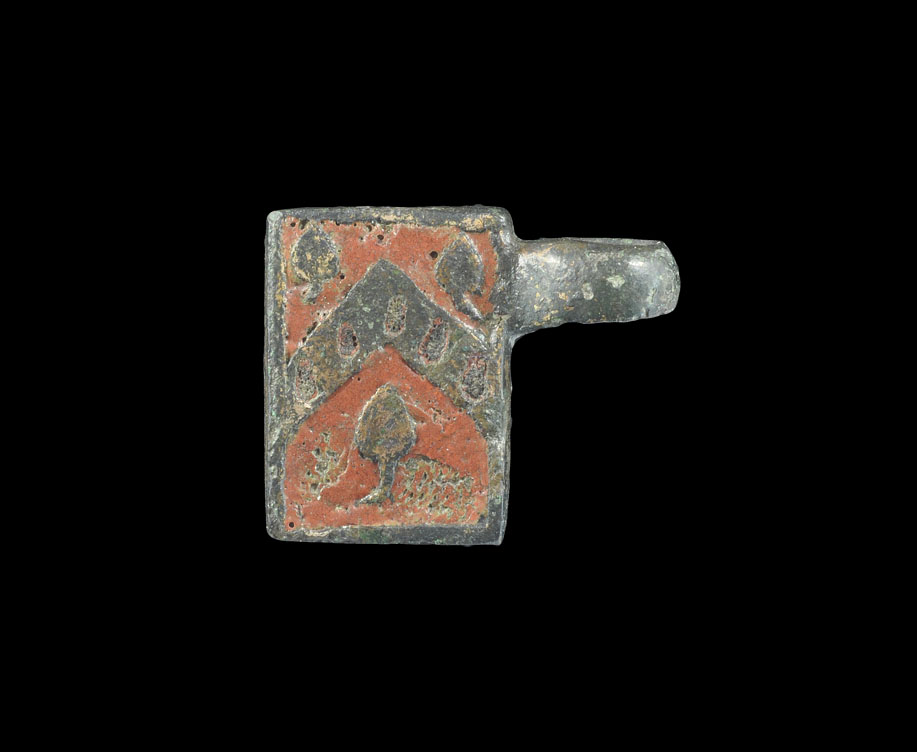
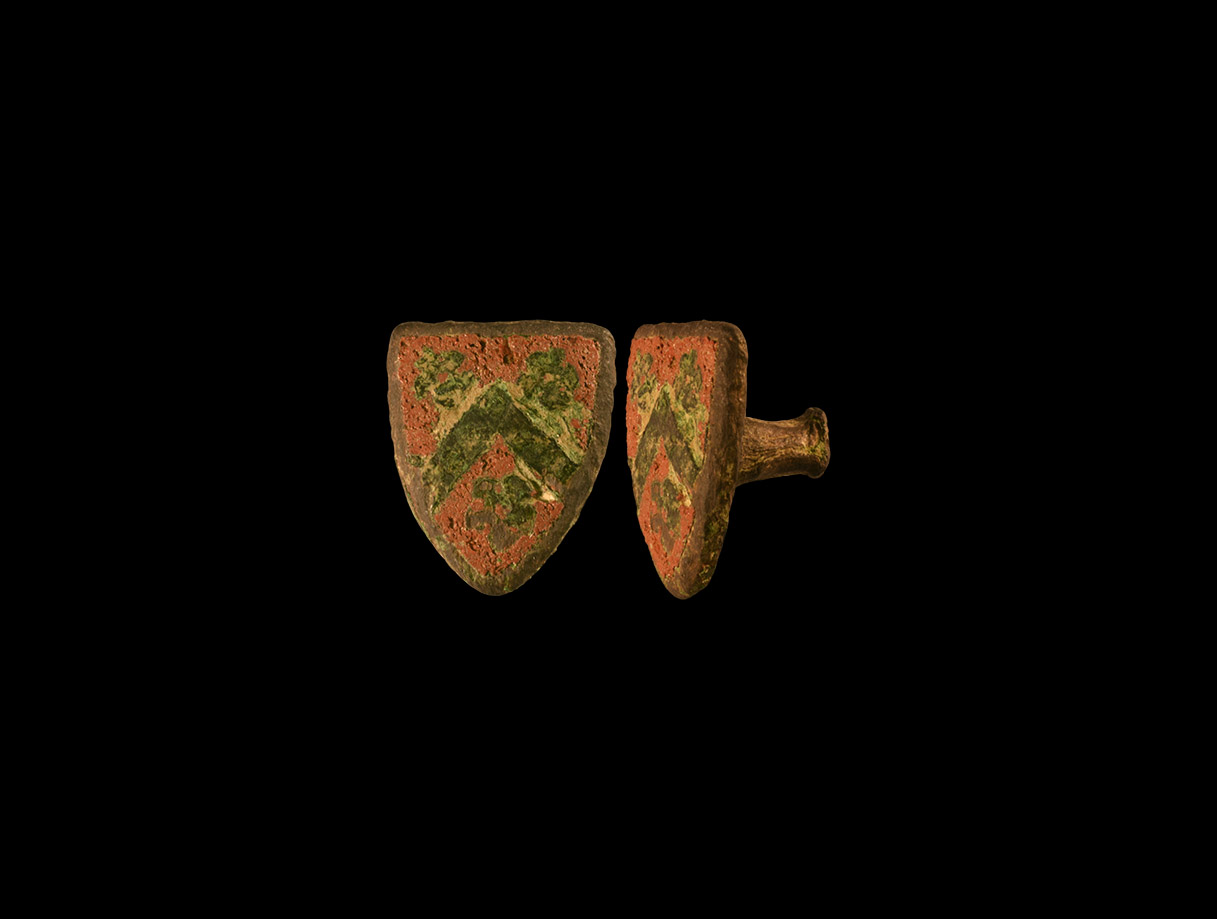
.jpg)
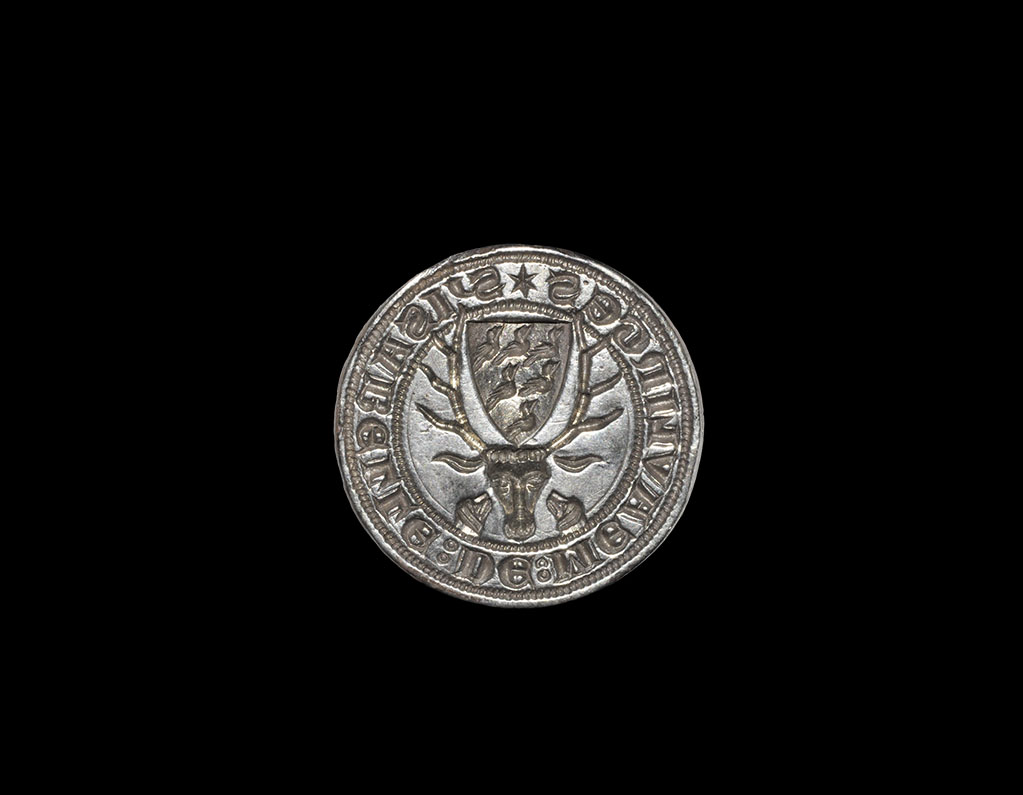
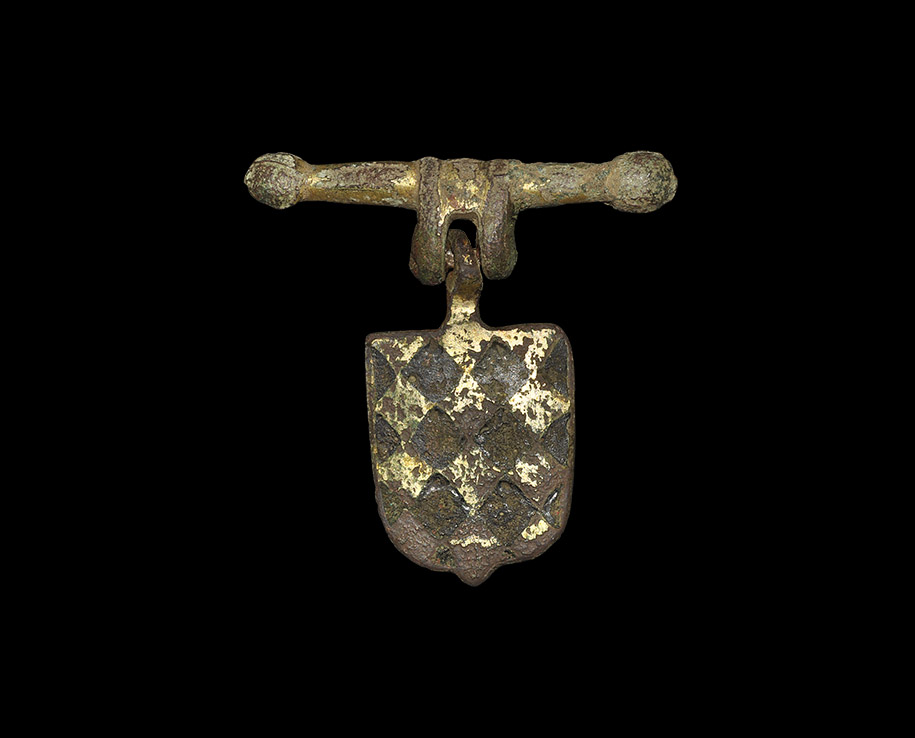
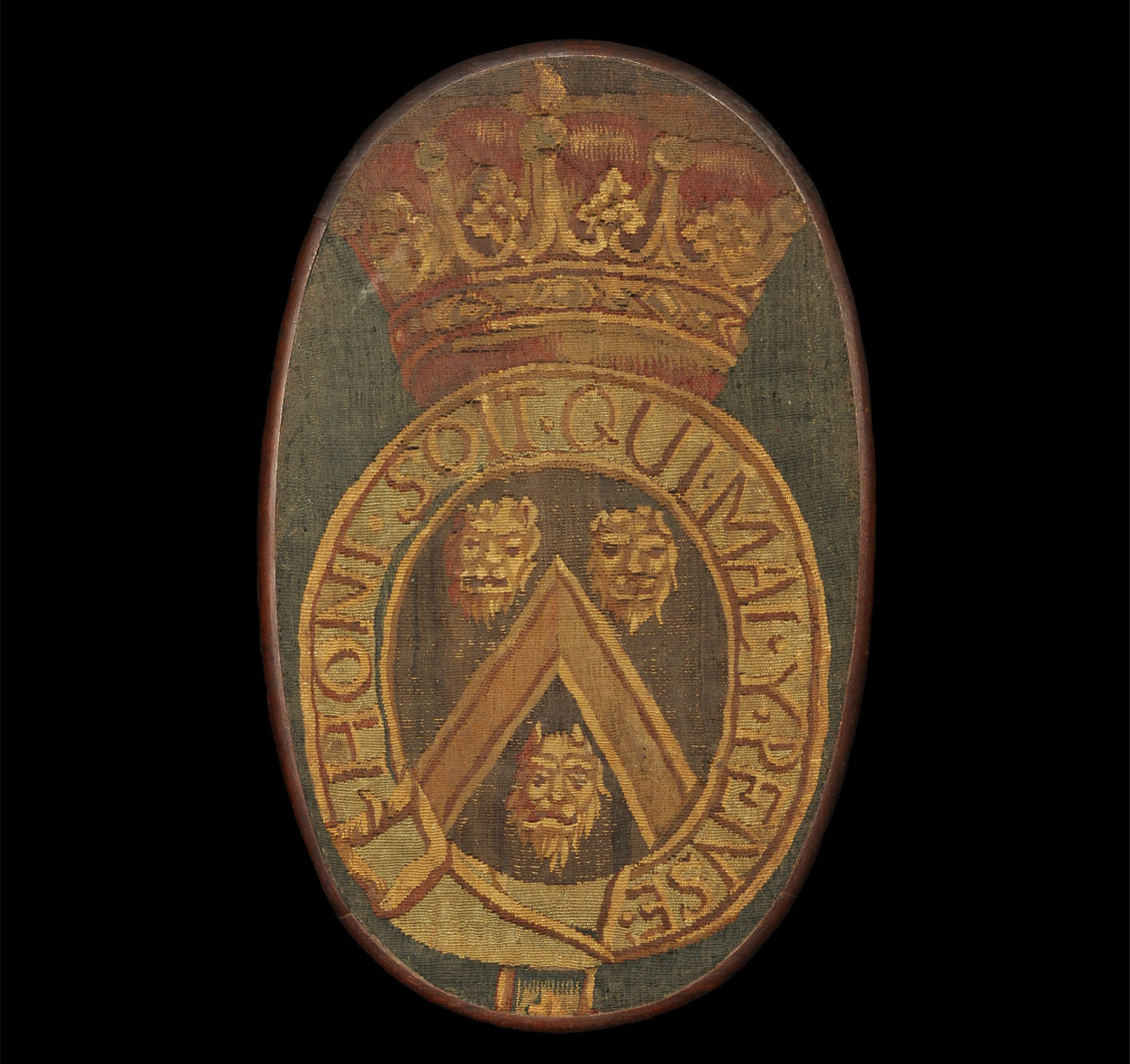
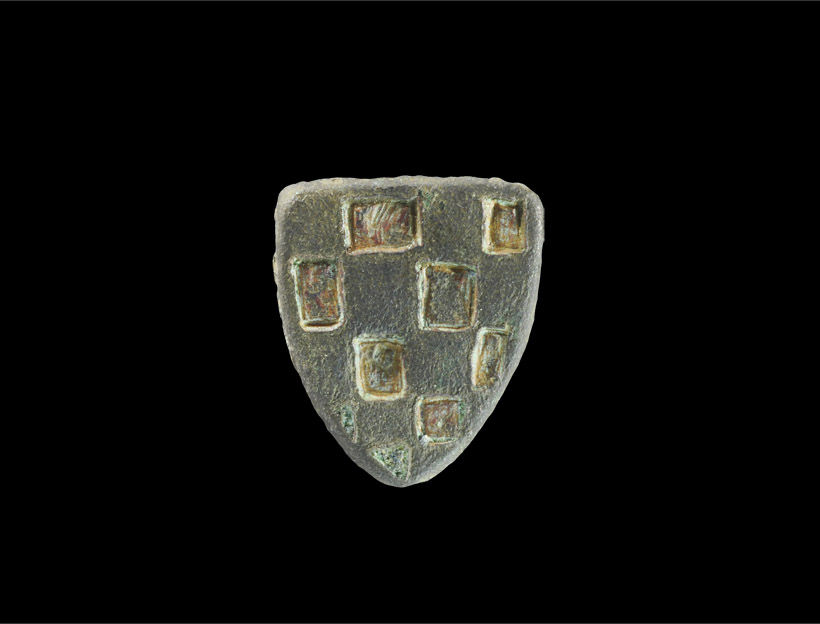
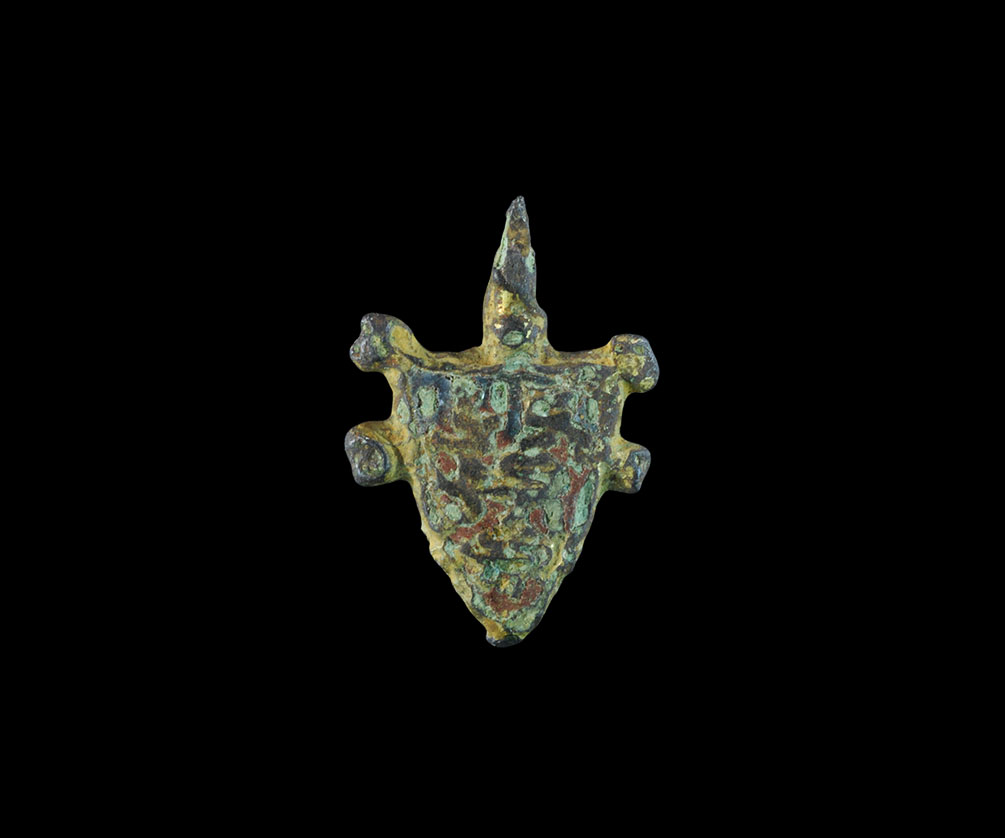
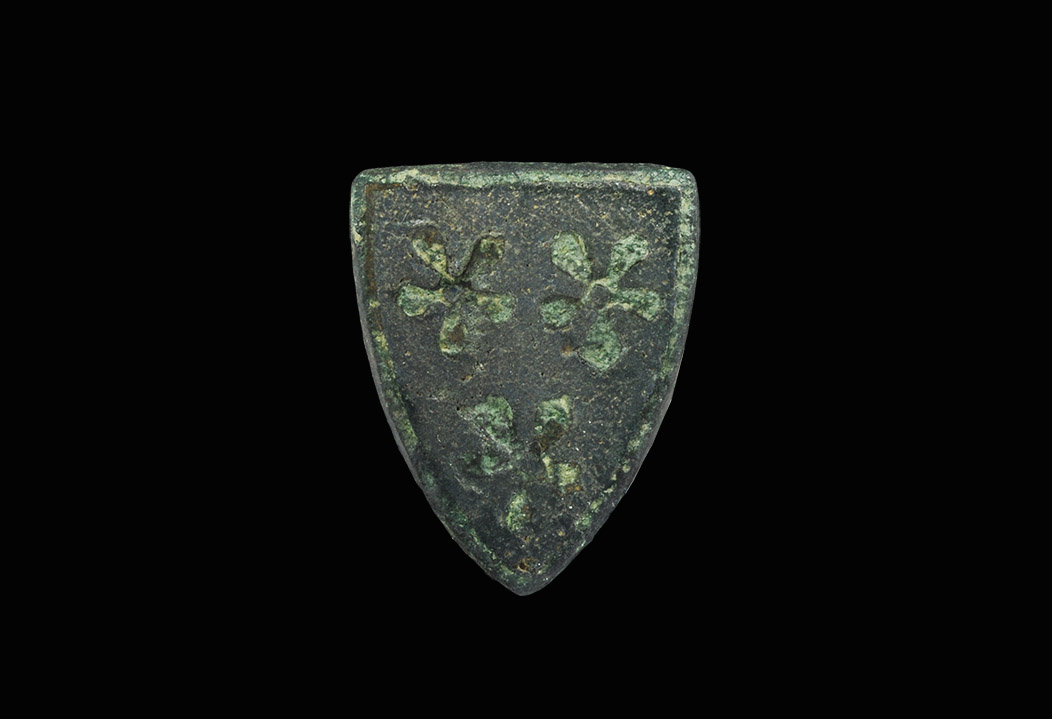
.jpg?w=400)
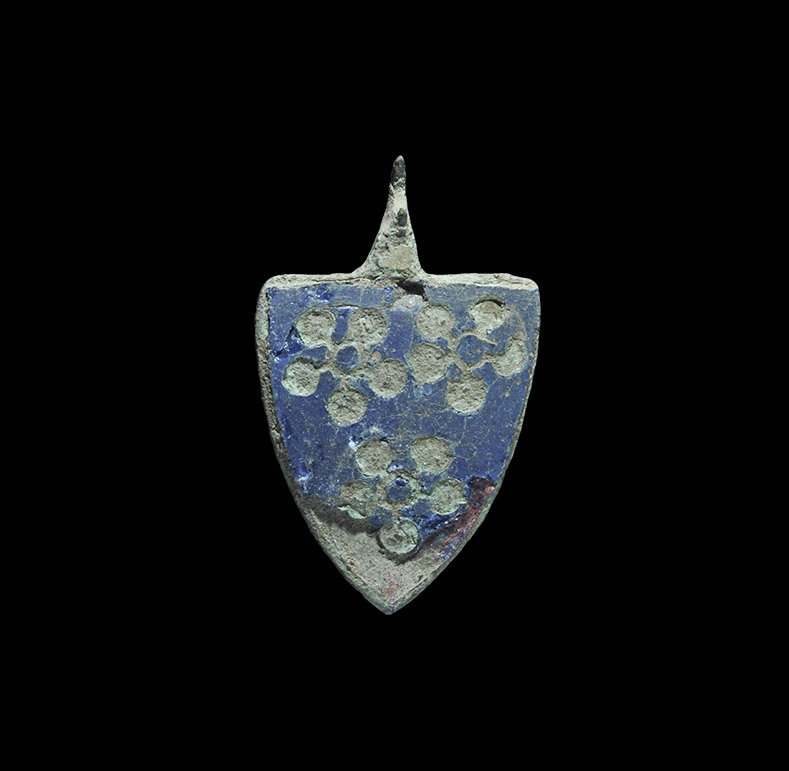
.jpg)
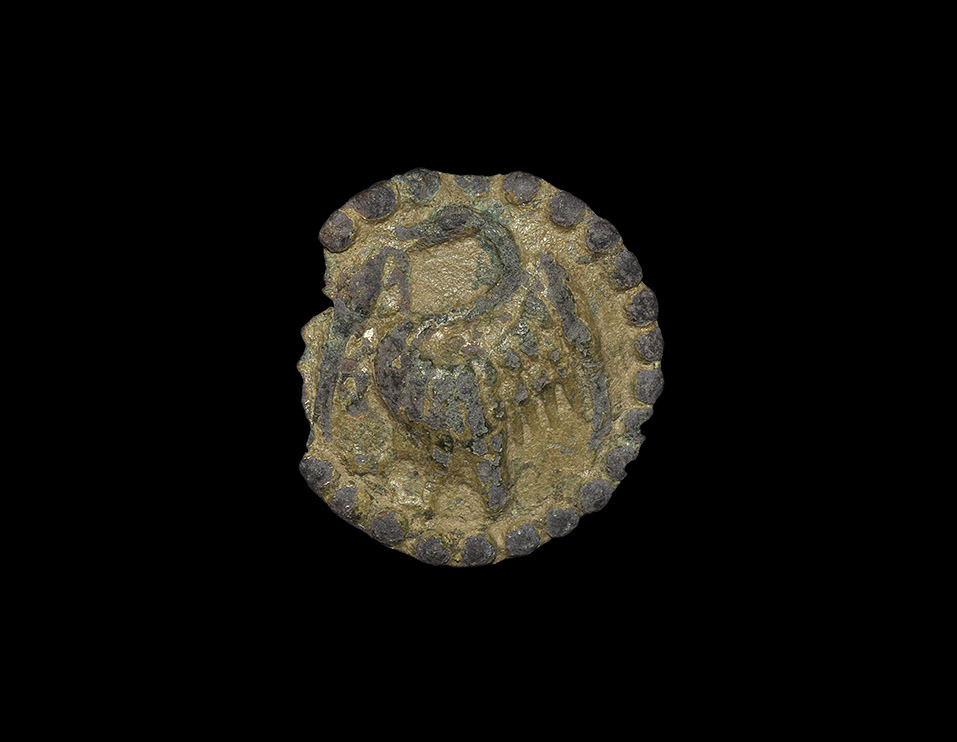
.jpg)
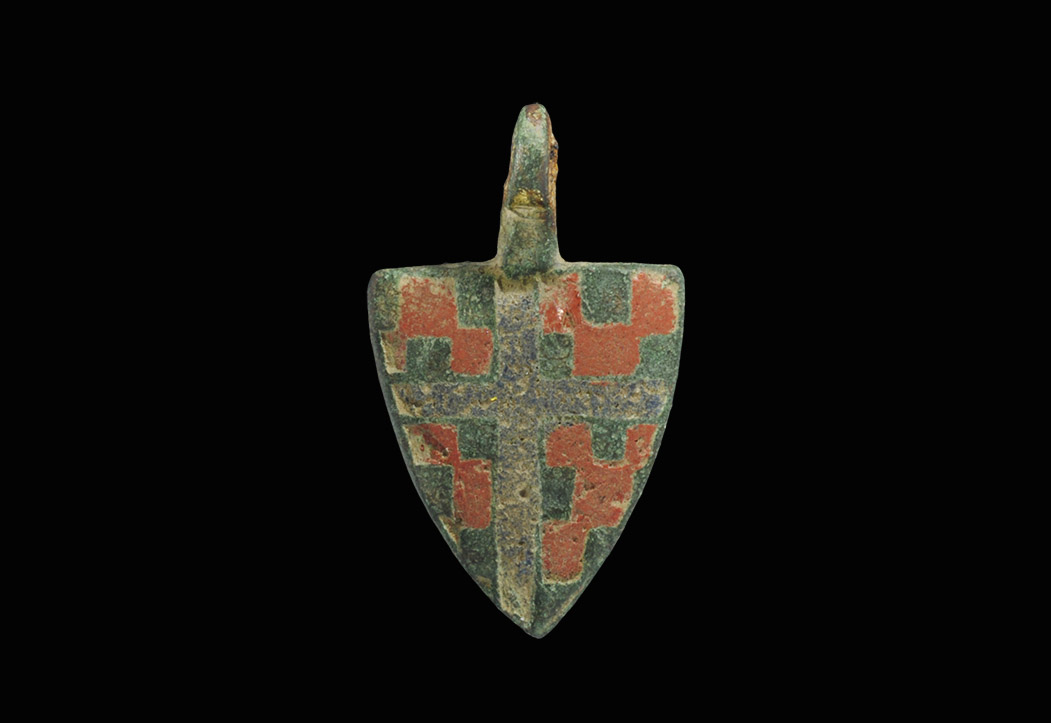
Testen Sie LotSearch und seine Premium-Features 7 Tage - ohne Kosten!
Lassen Sie sich automatisch über neue Objekte in kommenden Auktionen benachrichtigen.
Suchauftrag anlegen